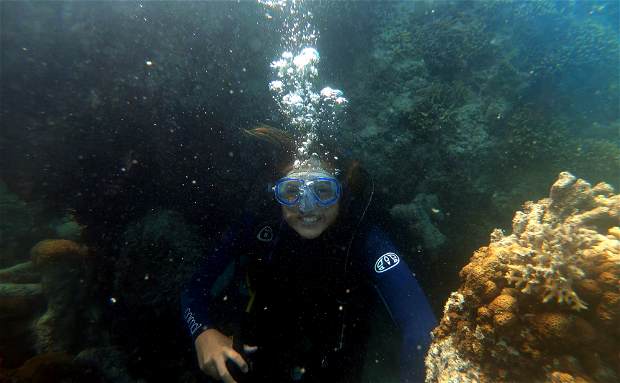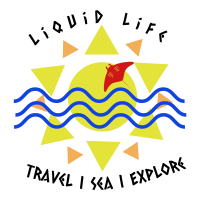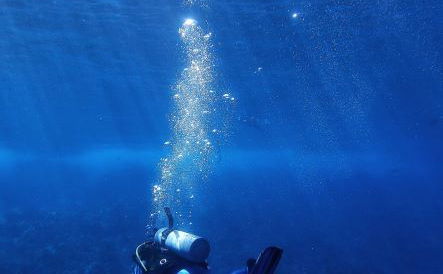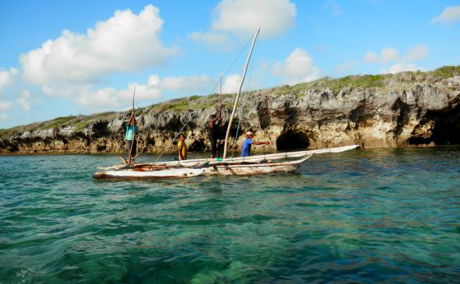How much are kite surf instructors and PADI-licensed dive leaders paid?

There are many obvious reasons why people become kite surf instructors or PADI dive professionals.
There's sea, the sun, the sand. The year-round tan, the lifestyle and the access to all the alluring sports (let's be honest, the passion that these sports arouse in people is often enough to follow it into a career). There are the opportunities these qualifications give you in the ability to work with different people. There are, as we highlighted in one of our other articles, which you can access here, all the travel opportunities that being a professional in these sought-after industries allows.
Travel is a huge reason for why people become kite surf instructors or PADI-licensed dive leaders. The places where these jobs are offered are some of the most exciting in the world.
If there is wind, there's kite surfing. And if there is kite surfing, there is a need for kite surf instructors.
Just Google 'Best places to kite surf' and its a veritable where's where of places you've always wanted to go: Hawaii, Southern Spain, Mexico, Cape Verde, Morocco, Brazil, the Canary Islands. The list goes on. (Have a look on Redbull's list of best places to kite surf if you want to see the full scope of where an IKO kite surfing instructor qualification can take you.
While you're there, seeing these incredible places and exploring the globe's eclectic mix of cultures, you'll be there as a professional and enjoying the many perks attached with that.
Being a PADI-licensed dive leader is similarly sought after and its a job that doesn't depend so much on the weather. What's more, your PADI licensing can take you into a whole number of professions. You can use it to take commercial dives, you can become a diver for companies (oil rigs, for example, frequently employ divers to conduct maintenance) or, if you've got a feel for treasure hunting, you can use your PADI-license to explore wrecks.
In short, if it can be applied to the underwater world, your PADI dive qualifications will come in useful.
How much are kite surfing instructors paid?
Kite surfing instructors' pay is varied. It depends on the kite surf instructing school that you get employed with. The great news is that kite surf instructors are always sought after in the popular kiting destinations. As a result, payment has to be competitive.
Most schools will offer their kite surf instructors around 15-35% of what they charge per lesson. Schools with good reputations can charge higher and so their instructors often get paid better.
So, depending on a school's rate per lesson, the instructor can look to pocket between $40 and $100 for two hours of teaching. In a busy period (holiday seasons and when the wind is good), instructors will look to do more than two hours a day. Some schools will also offer a commission incentive for bringing along new students, other schools won't.
Obviously, instructor rates will be dependent on the contract worked out with a school. So, if you do decide to become an IKO qualified instructor, make sure you consider all the contractual add-ons to your school's employment contract. (Sometimes this can be quite an appealing package: a lot of schools will sort out your visa for you, your accommodation, food occasionally, etc.)
How much are PADI-licensed dive professionals paid?
This question is a little harder to answer. That's because of the varied ways your PADI dive instructor qualification can be used. It is also because there are a number of different PADI qualifications and different rates are paid to the different qualifying levels. If you want to learn about PADI's qualifications, the best place to do so is on their own website.
You have to work your way up through the PADI levels to get to the professional qualifications offered through PADI. The highest qualifications offer the greatest rate of pay. The first professional level of qualification starts as PADI dive master and we offer that qualification here.
PADI dive masters are able to lead dives of up to six people and assist instructors. PADI dive instructors also have different levels but broadly speaking they teach courses, lead dives and occasionally manage bases. The more responsibility taken on, the greater the chance of a larger wage.
The wage structure is also dependent on the manner of employment. Commercial dive instructors on cruise ships, for example, are often paid a monthly wage and this is often between $1000 and $1500 a month. But other PADI dive instructors are paid on an earn as you work basis. If you take out a PADI Open Water student for example, your pay is around $50 to $60 per student.
But, of course, you can lead several Open Water qualified divers per dive so the scale does rise.
Dive instructors also get paid for teaching courses and selling the qualifications. So, the different avenues for building a working wage as a qualified PADI dive instructor are many and varied.









Share This Post